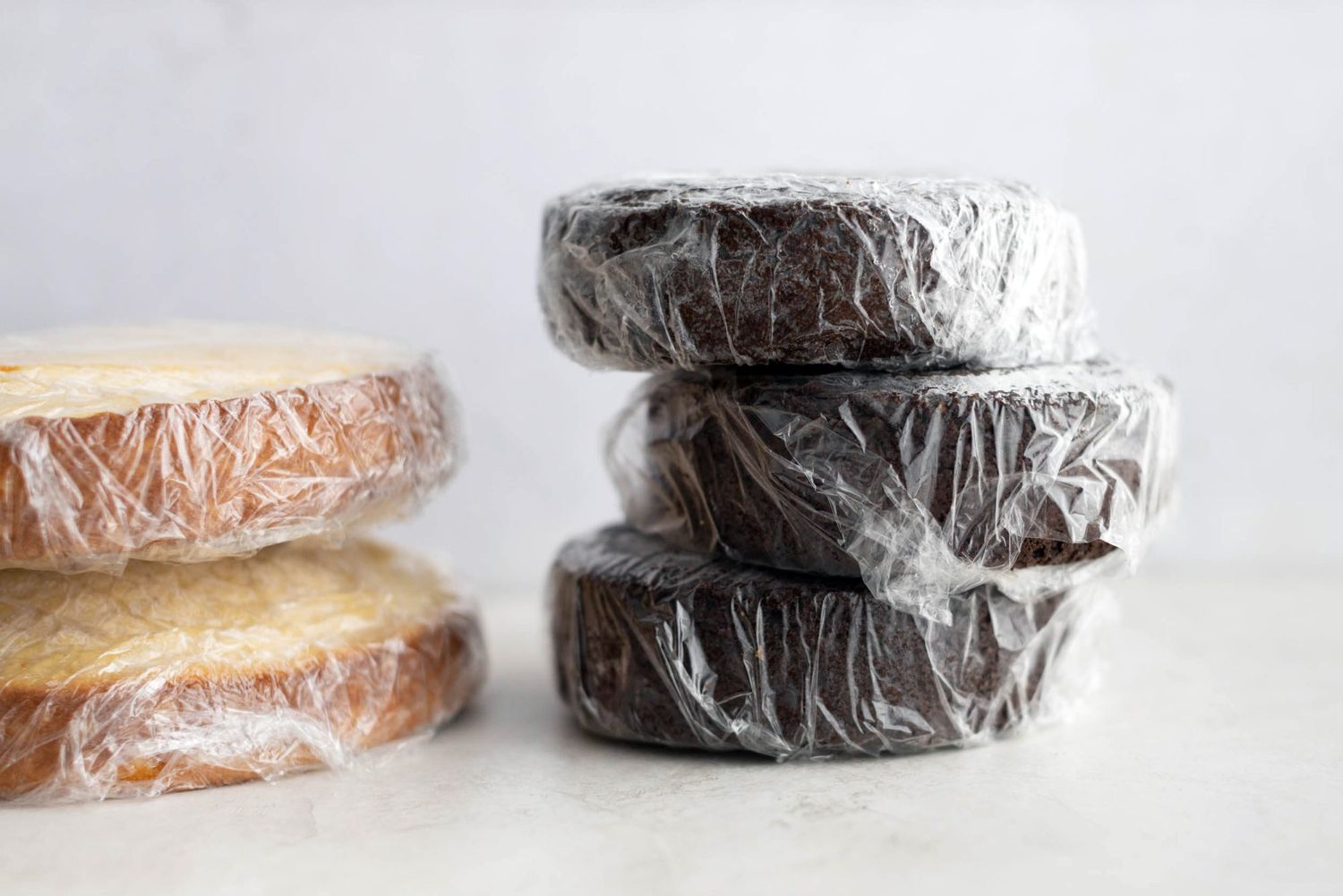

Articles
How To Store Cake After Baking
Modified: April 23, 2024
Learn the best ways to store cake after baking in this informative article. Keep your cake fresh and delicious for longer with our helpful tips.
(Many of the links in this article redirect to a specific reviewed product. Your purchase of these products through affiliate links helps to generate commission for Storables.com, at no extra cost. Learn more)
Introduction
Welcome to the delicious world of cake baking! There’s nothing quite like the joy of creating a beautiful and delectable cake from scratch. But what happens after the cake is baked and cooled to perfection? Proper cake storage becomes crucial to ensure its freshness and flavor are preserved for as long as possible.
Cake storage involves preserving the moistness, taste, and texture of the cake while protecting it from external factors that can cause it to spoil or become dry. It’s important to understand the importance of proper cake storage techniques and the factors to consider before storing your baked masterpiece.
In this article, we’ll explore the various aspects of cake storage, including the types of containers to use, steps to follow when storing a cake, tips to maintain its freshness, and common mistakes to avoid. So, let’s dive into the art of cake storage and ensure that your creations remain delightful long after they come out of the oven.
Key Takeaways:
- Proper cake storage is essential for maintaining freshness, flavor, and texture. Consider factors like cake type, ingredients, and storage duration to ensure your baked creations remain delightful long after they come out of the oven.
- Choosing the right storage container and following proper storage techniques are key to preserving the quality of your cakes. Avoid common storage mistakes and enjoy your delectable creations at their best.
Read more: How To Store Baked Cake
What is cake storage?
Cake storage refers to the process of preserving and maintaining the quality and freshness of a cake after it has been baked. It involves proper handling and storage techniques to prevent the cake from becoming dry, stale, or spoiled.
When a cake is exposed to air or moisture, it can quickly lose its moisture content, becoming dry and less appetizing. Cake storage helps to prolong the shelf life of a cake and retain its moistness, flavor, and texture.
The goal of cake storage is to create an environment that minimizes moisture loss and prevents the cake from absorbing odors or flavors from its surroundings. By employing the right storage techniques and using appropriate containers, you can ensure that your cake remains fresh and delicious for a longer period of time.
Proper cake storage is essential, especially if you’re baking in advance for an event or celebration. Whether it’s a birthday cake, wedding cake, or any other special occasion cake, storing it correctly will help you serve a moist and tasty dessert that will impress your guests.
Now that we understand the importance of cake storage, let’s delve into the factors to consider before storing your cake.
Why is proper cake storage important?
Proper cake storage is crucial for several reasons:
1. Preserving freshness: Cake storage helps to maintain the moistness and freshness of the cake. By storing it correctly, you can ensure that each bite is just as delicious as when it was first baked.
2. Preventing drying out: Cakes are prone to drying out when exposed to air. Proper storage techniques can help minimize moisture loss, keeping the cake soft and moist. This is especially important for cakes with delicate textures, like sponge or chiffon cakes.
3. Maintaining flavor: Cakes are susceptible to absorbing odors and flavors from their surroundings. By storing the cake properly, you can avoid it picking up any unwanted tastes and ensure that the flavors remain intact.
4. Extending shelf life: Proper cake storage can significantly extend the shelf life of your baked creation. This is particularly useful when baking in advance for events or celebrations, as it allows you to prepare ahead of time without compromising on taste or quality.
5. Preserving decoration: If your cake is intricately decorated with frosting, fondant, or other edible decorations, proper storage can help preserve the aesthetic appeal of the cake. It ensures that the decorations stay intact and don’t melt or get damaged.
6. Saving time and effort: By properly storing your cake, you can avoid the need for last-minute baking or rushed preparations. This can save you valuable time and effort, especially when you have a busy schedule or multiple baked goods to prepare.
Overall, proper cake storage is essential to maintain the quality, taste, and appearance of your baked creation. By following the correct storage techniques, you can enjoy your cake for longer, impress your guests, and save yourself from the disappointment of a dry or spoiled dessert.
Factors to consider before storing cake
When it comes to storing a cake, there are several important factors to keep in mind to ensure its longevity and quality. Consider the following factors before you embark on the cake storage process:
1. Cake type: Different types of cakes have varying storage requirements. For example, a buttercream cake may need to be stored differently than a cheesecake or a fruitcake. Consider the specific characteristics of the cake you have baked to determine the most suitable storage method.
2. Ingredients: The ingredients used in the cake can affect its storage needs. Cakes with perishable fillings like cream or fresh fruits may require refrigeration, while cakes with stable ingredients can be stored at room temperature. Take into account any ingredient-specific considerations when deciding on the storage method.
3. Frosting or icing: The type of frosting or icing on the cake plays a role in how it should be stored. Buttercream or cream cheese frostings, for example, generally require refrigeration. Fondant-covered cakes, on the other hand, can typically be stored at room temperature. Consider the specific requirements of the frosting or icing before deciding on the storage method.
4. Ambient temperature: The room temperature plays a crucial role in cake storage. Cakes stored in warmer environments are more prone to spoilage and faster drying out, while cakes stored in cooler environments can retain their freshness for longer. Take note of the ambient temperature in your storage area and adjust your storage method accordingly.
5. Humidity: Humidity levels can impact the texture and quality of a cake. High humidity can cause the cake to become moist and soggy, while low humidity can lead to dryness. Consider the humidity levels in your storage area and choose the appropriate storage method to maintain the desired texture of the cake.
6. Storage duration: The length of time you need to store the cake will dictate the storage method you should use. Cakes intended for long-term storage, such as for freezing or preservation, require different techniques than cakes that will be consumed within a few days. Determine the intended storage duration and plan accordingly.
7. Transportation needs: If you need to transport the cake, consider the storage method that will best preserve its shape and decorations during transit. Sturdy cake carriers or boxes with proper supports can help prevent damage while on the move.
By considering these factors, you can make informed decisions about the most suitable storage method for your cake. This will ensure that your cake stays fresh, moist, and delicious, ready to be enjoyed whenever you’re ready to indulge.
Types of cake storage containers
Choosing the right container for cake storage is essential to ensure the freshness and quality of your baked creation. Here are some common types of cake storage containers to consider:
1. Cake carriers: Cake carriers are specially designed containers with a secure lid and a built-in handle. They are ideal for transporting cakes, as they provide protection against damage during transit. Cake carriers come in various sizes and materials, including plastic and metal, and often have locking mechanisms to keep the lid securely in place.
2. Airtight containers: Airtight containers, such as Tupperware or glass containers with tight-fitting lids, are excellent for storing cakes at room temperature. These containers prevent air from entering and keep the cake fresh. Make sure the container is large enough to comfortably fit the cake without touching the sides or top, which can damage the cake or its decorations.
3. Cake boxes: Cake boxes are commonly used for storing cakes, especially those with delicate decorations or multi-tiered designs. These boxes come in various sizes and are usually made of cardboard. Look for cake boxes with a sturdy construction and a lid that fits snugly to protect the cake from air and physical damage.
4. Freezer-safe containers: If you need to store your cake in the freezer for extended periods, freezer-safe containers are a must. These containers are made from materials that can withstand freezing temperatures without compromising the cake’s quality. Choose containers that are airtight to prevent freezer burn and ensure the cake stays fresh.
5. Cake stands with domes: Cake stands with domes are not only visually appealing but also serve as a storage option. These stands often have a glass or plastic dome that covers the cake, protecting it from air and contaminants while displaying it elegantly. Cake stands with domes are perfect for shorter-term storage at room temperature.
6. Vacuum-sealed bags: Vacuum-sealed bags are a great option for long-term cake storage, particularly when freezing a whole cake or multiple portions. By removing air from the bag, these bags help prevent freezer burn and maintain the cake’s freshness and moisture. Ensure the bag is large enough to accommodate the cake without squishing it.
When choosing a container, consider the size of the cake, the storage duration, and any specific requirements based on the cake’s ingredients or decorations. It’s also essential to thoroughly clean and dry the container before use to prevent any unwanted flavors or contaminants from affecting the cake. With the right storage container, you can ensure that your cake stays delicious and visually appealing until it’s time to enjoy it.
After baking, let the cake cool completely before storing it. Wrap it tightly in plastic wrap or aluminum foil to prevent it from drying out, and store it at room temperature for up to 2 days or in the refrigerator for up to 1 week.
Read more: How To Store Pie After Baking
Steps to store cake after baking
Properly storing your cake after baking is key to preserving its freshness and taste. Follow these steps to ensure your cake remains delicious:
1. Cool the cake: Before you can store the cake, it’s important to let it cool completely. Place the baked cake on a wire rack and allow it to cool for at least 2 hours. This prevents condensation from forming inside the storage container, which can make the cake soggy.
2. Choose the right storage container: Select the appropriate container based on the type of cake and the desired storage method. Use a cake carrier, airtight container, cake box, or freezer-safe container, depending on your needs. Ensure the container is clean and dry before use.
3. Prepare the cake for storage: If the cake has any fillings, frosting, or decorations, take precautions to protect them during storage. Wrap the cake tightly with plastic wrap or use toothpicks to create a barrier between the cake’s surface and a loose covering to prevent smudging or damage.
4. Place the cake in the container: Gently place the prepared cake inside the chosen storage container. Ensure that the cake fits comfortably without being squeezed or disturbed. If using a container with a lid, make sure it is secured tightly to keep air out and maintain freshness.
5. Store the cake at the appropriate temperature: Determine whether the cake should be stored at room temperature or in the refrigerator based on the cake’s ingredients and frosting. Cakes with perishable fillings or frostings, such as whipped cream or cream cheese, should be refrigerated, while others can be stored at room temperature.
6. Label and date the container: To keep track of storage duration, label the container with the name of the cake and the date it was stored. This will help you remember when you need to consume or discard the cake to maintain its quality.
7. Store the cake in a suitable location: Find an appropriate spot to store the cake, considering factors like temperature, humidity, and potential exposure to direct sunlight. Avoid placing the cake near strong odors, as they can affect the cake’s flavor.
8. Check the cake periodically: If storing the cake for an extended period, check it regularly to ensure it remains fresh. If any mold, off smells, or signs of spoilage develop, discard the cake immediately.
By following these steps, you can effectively store your baked cake and enjoy its delectable taste and texture for an extended period. Whether it’s for a special occasion or simply to savor later, proper cake storage maintains the quality of your hard work and ensures a delightful dessert experience.
Tips to maintain cake freshness
To keep your cake tasting fresh and delicious for as long as possible, consider these tips:
1. Store the cake properly: Follow the appropriate storage method based on the cake type and ingredients. Use airtight containers, cake carriers, or freezer-safe containers to prevent air exposure and maintain moisture.
2. Keep it cool: Cakes with perishable fillings or frostings should be stored in the refrigerator to prevent spoilage. Ensure the refrigerator is set to a proper temperature between 34-40°F (1-4°C) to maintain freshness without freezing.
3. Avoid temperature fluctuations: Rapid temperature changes can affect a cake’s texture and moisture content. Avoid taking the cake in and out of the fridge repeatedly to prevent condensation and drying. Allow the cake to come to room temperature gradually before serving.
4. Protect the cake: Preserve the cake’s decorations and prevent damage by wrapping it tightly with plastic wrap or using toothpicks to create a barrier. This will help maintain the cake’s visual appeal and prevent smudging or crushing during storage.
5. Slice the cake as needed: If you don’t plan on consuming the entire cake at once, slice and store individual portions separately. This prevents unnecessary exposure of the whole cake to air and allows you to enjoy fresh slices whenever desired.
6. Avoid direct sunlight: Keep the stored cake away from direct sunlight or heat sources, as they can cause the cake to dry out and lose its freshness.
7. Use quality ingredients: Starting with high-quality ingredients can contribute to the longevity of the cake’s freshness. Fresh eggs, quality flour, and fresh dairy products can make a significant difference. Ensure that all ingredients are within their expiration dates.
8. Moisturize if needed: If the cake starts to dry out, try adding a simple syrup or brushing a thin layer of flavored liquid (such as fruit juice or simple syrup) on the cake’s surface. This can help restore moisture and freshness.
9. Consume within the recommended timeframe: Even with proper storage techniques, cakes have a limited shelf life. Consume the cake within the recommended timeframe to enjoy it at its best. Check for any specific guidelines based on the cake type and ingredients.
10. Freeze for long-term storage: If you need to store the cake for an extended period, consider freezing it. Wrap the cake tightly in plastic wrap and place it in a freezer-safe container or bag. Ensure it is properly sealed to prevent freezer burn.
Remember that the freshness of a cake will gradually diminish over time, regardless of storage techniques. Enjoy your cake within a reasonable timeframe to fully appreciate its taste and texture. With these tips, you can maximize the freshness of your cake and savor every delectable bite.
How long can a cake be stored?
While cakes are best enjoyed fresh, they can be stored for varying durations depending on factors such as ingredients, storage method, and environmental conditions. Here are some general guidelines on how long different types of cakes can be stored:
- Butter-based cakes: Cakes made with butter as the main fat ingredient, such as pound cakes or butter cakes, can typically be stored at room temperature for up to 3-4 days. They should be stored in an airtight container to prevent drying out.
- Oil-based cakes: Cakes made with oil instead of butter, like chiffon or sponge cakes, tend to have a lighter texture. They are typically more moist and can be stored at room temperature for about 2-3 days in an airtight container.
- Cream-filled cakes: Cakes with perishable fillings, such as whipped cream or fresh fruit fillings, should be stored in the refrigerator. They can generally be kept for 1-2 days while maintaining their freshness.
- Frosted cakes: Cakes covered with buttercream, cream cheese frosting, or ganache should be refrigerated due to the perishable nature of the frosting. They can typically be stored for 3-4 days in the refrigerator. However, note that some frostings may harden in the fridge, so it’s advisable to bring the cake to room temperature before serving.
- Fondant-covered cakes: Cakes covered with fondant can be stored at room temperature for 2-3 days. Fondant acts as a protective layer, helping to seal in moisture and keep the cake fresh.
- Fruitcakes: Fruitcakes, which have a longer shelf life due to their dense and moist nature, can be stored for weeks or even months. After baking, wrap the fruitcake tightly in plastic wrap or foil, then store it in an airtight container or tin. Occasionally, brush the cake with a small amount of liquor to maintain moisture.
It’s important to note that these are general guidelines, and the specific ingredients and conditions may vary. Factors such as humidity, temperature, and the presence of perishable fillings may affect the storage duration. Always use your judgment and consider the cake’s appearance, texture, and smell before consuming.
Additionally, freezing cakes can significantly extend their storage time. Most cakes can be frozen for up to 2-3 months, provided they are wrapped tightly in plastic wrap and stored in a freezer-safe container. Thaw frozen cakes in the refrigerator before bringing them to room temperature.
To ensure the best taste and quality, it is recommended to consume the cake within the recommended storage times. Enjoying your cake fresh will give you the best culinary experience, allowing you to fully savor its flavors and textures.
Common mistakes to avoid when storing cake
Proper cake storage is essential for preserving the taste and freshness of your baked creation. To ensure you maintain the quality of your cake, here are some common mistakes to avoid:
- Not allowing the cake to cool completely: It’s important to let the cake cool completely before storing it. Placing a warm cake in a storage container can create condensation, leading to a soggy texture.
- Using the wrong storage container: Choosing an inappropriate storage container can affect the cake’s freshness. Ensure the container is clean, airtight, and appropriate for the type of cake you are storing.
- Exposing the cake to air: Properly seal the cake in an airtight container or wrap it tightly with plastic wrap to prevent air from drying out the cake.
- Storing the cake in the wrong environment: Consider the temperature and humidity conditions in your storage area. Avoid storing the cake in areas with extreme temperatures or high humidity, as they can cause the cake to spoil or become too moist.
- Storing different cake flavors together: Different cake flavors can have distinct aromas that can transfer to each other if stored together. It is best to store each flavor separately to maintain their individual tastes and prevent flavor contamination.
- Not properly labeling the storage container: Forgetting to label the storage container with the cake type and date can make it challenging to keep track of how long the cake has been stored. Labeling ensures you consume the cake within the recommended time frame.
- Not wrapping the cake properly: Failing to protect the cake from air exposure or using improper wrapping techniques can lead to the cake drying out or absorbing odors. Follow proper wrapping procedures, ensuring the cake is well covered and potential damage to decorations is prevented.
- Keeping the cake in the refrigerator for too long: While refrigeration is suitable for some cakes, leaving them in the refrigerator for an extended period can cause them to dry out. Follow the recommended storage times for refrigerated cakes.
- Not thawing the frozen cake properly: If you are storing a cake in the freezer, make sure to thaw it properly in the refrigerator or at room temperature. Rapid thawing can lead to moisture loss or textural changes in the cake.
- Ignoring signs of spoilage: Regularly check the stored cake for any signs of mold, off smells, or changes in texture. If you notice any indications of spoilage, it’s best to discard the cake to avoid any health risks.
By avoiding these common mistakes and following proper cake storage practices, you can ensure that your cakes remain fresh, flavorful, and enjoyable for an extended period of time. Take the time to store your cakes correctly, and they will reward you with deliciousness whenever you’re ready to indulge.
Read more: How To Store Baklava After Baking
Conclusion
Cake storage is a crucial aspect of the baking process that ensures your painstakingly created masterpiece remains fresh, moist, and flavorful. By following proper storage techniques, you can prolong the shelf life of your cakes and enjoy them at their best, whether it’s for special occasions or everyday indulgence.
Throughout this article, we’ve explored the importance of proper cake storage, factors to consider before storing a cake, types of cake storage containers, steps to store a cake after baking, tips to maintain cake freshness, how long a cake can be stored, and common mistakes to avoid. Each of these aspects contributes to the overall success of preserving the quality of your cakes.
Remember to choose the appropriate storage container based on the type of cake you have baked and the desired storage method. Take into consideration the ingredients, frosting or filling, ambient temperature, and storage duration to determine the best approach for storing your cake.
By following the steps outlined in this article, such as properly cooling the cake, choosing the right container, and storing at suitable temperatures, you can maintain the freshness, taste, and texture of your cakes for as long as possible. Keep in mind the recommended storage times for different cake types and ingredients to ensure you enjoy the best flavors.
Avoid common storage mistakes such as not allowing the cake to cool completely, exposing it to air, using the wrong storage container, or not properly labeling the container. These oversights can impact the quality and shelf life of your cakes.
Cake storage is both a science and an art that requires attention to detail and proper techniques. By putting in the effort to store your cakes correctly, you can enjoy the satisfaction of seeing your creations retain their freshness and delight your taste buds when the time comes to indulge.
Frequently Asked Questions about How To Store Cake After Baking
Was this page helpful?
At Storables.com, we guarantee accurate and reliable information. Our content, validated by Expert Board Contributors, is crafted following stringent Editorial Policies. We're committed to providing you with well-researched, expert-backed insights for all your informational needs.
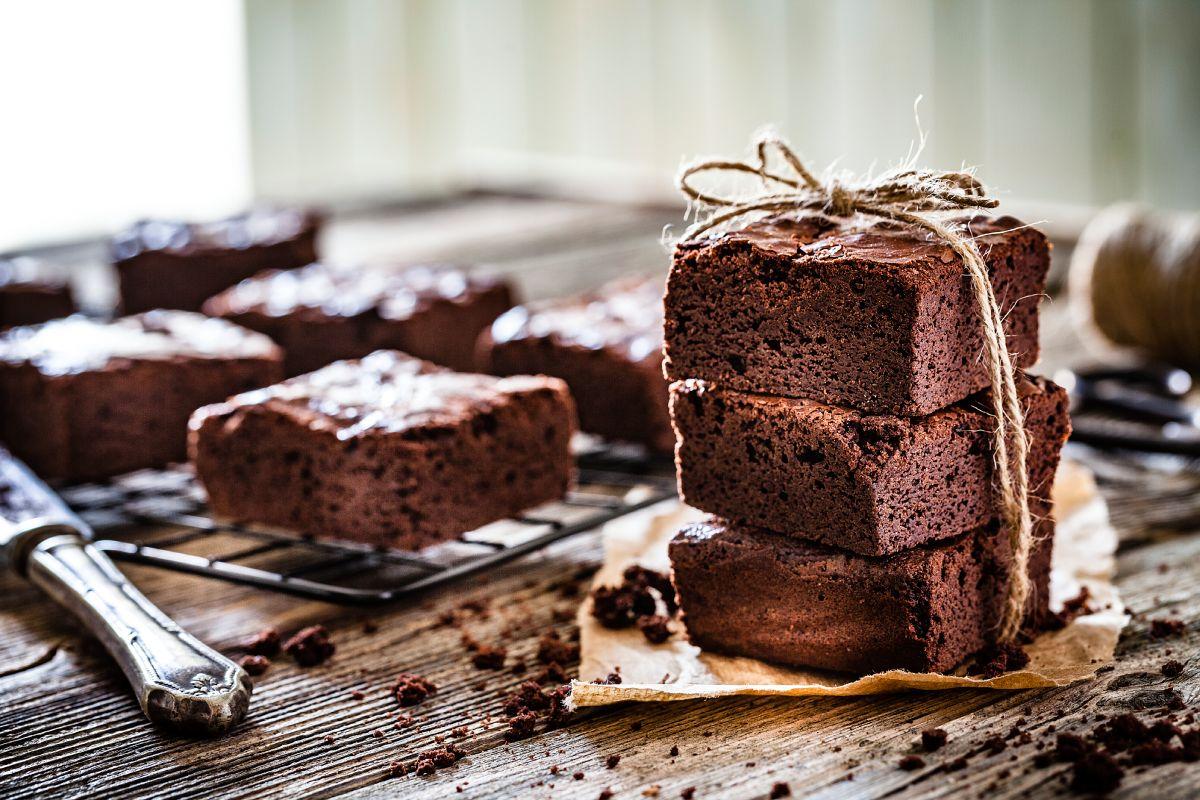
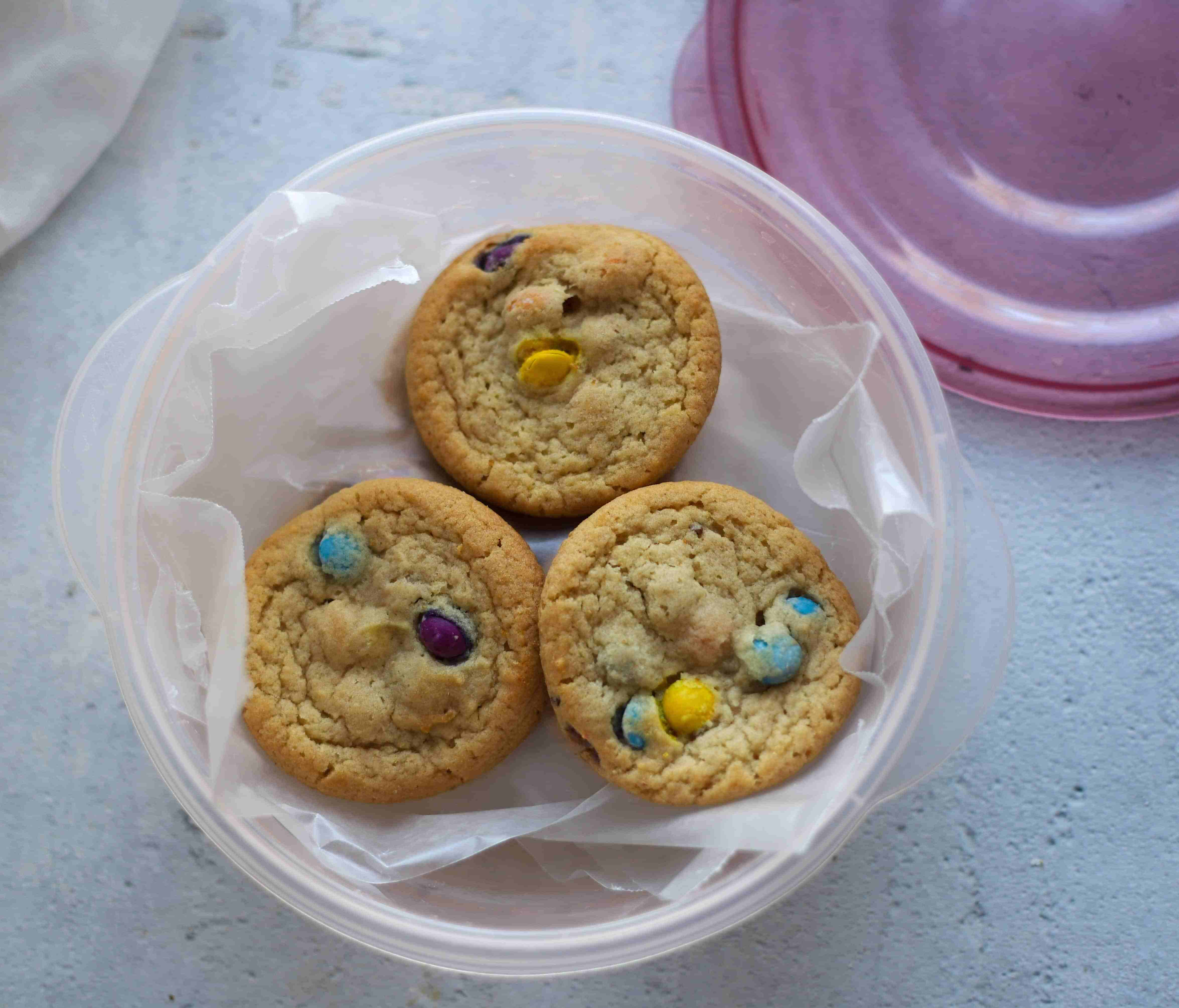
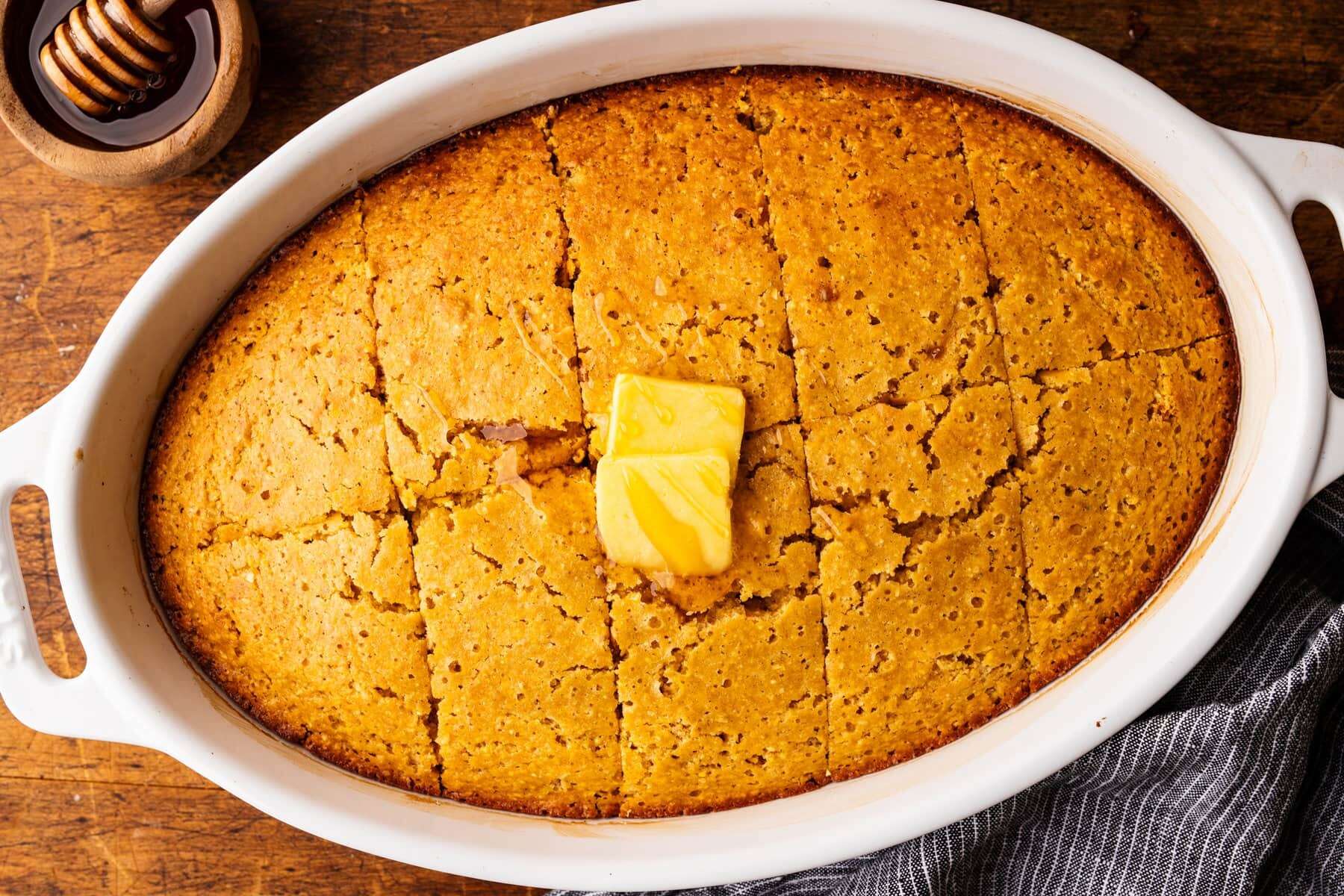
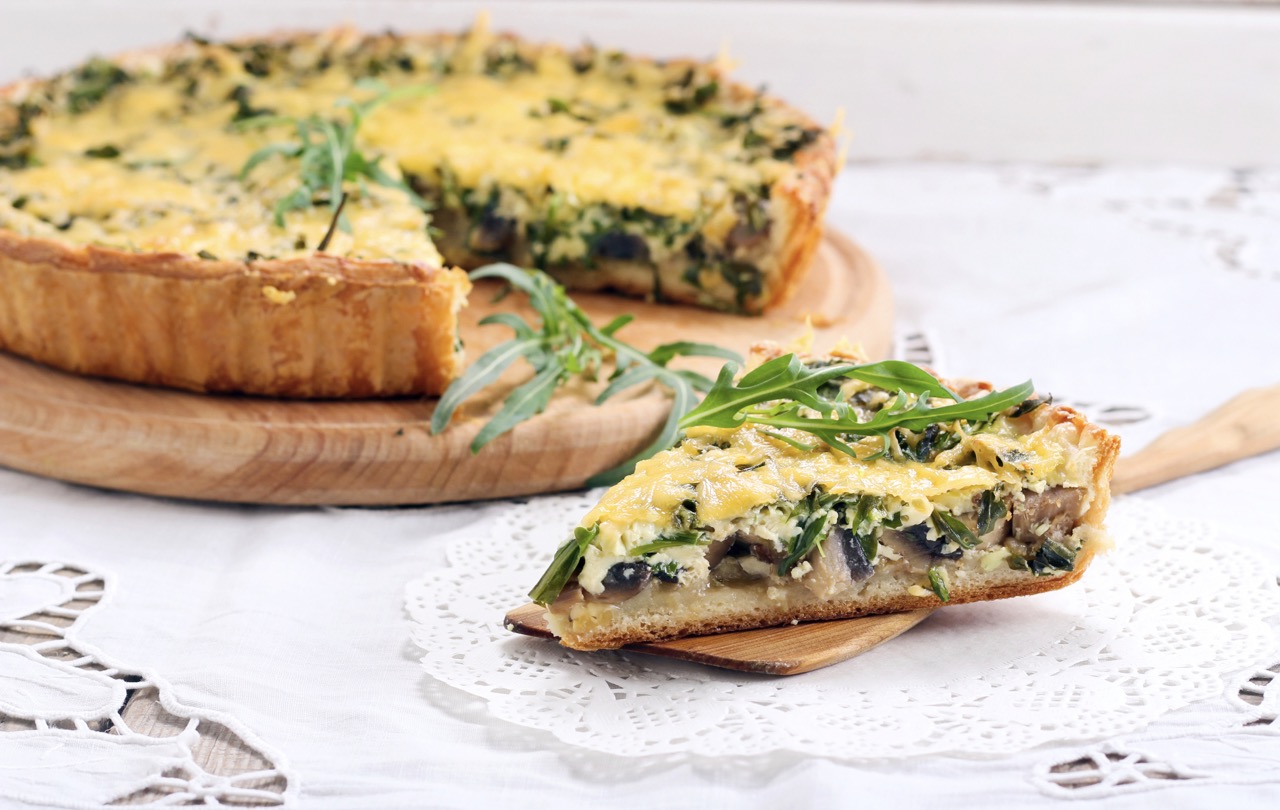
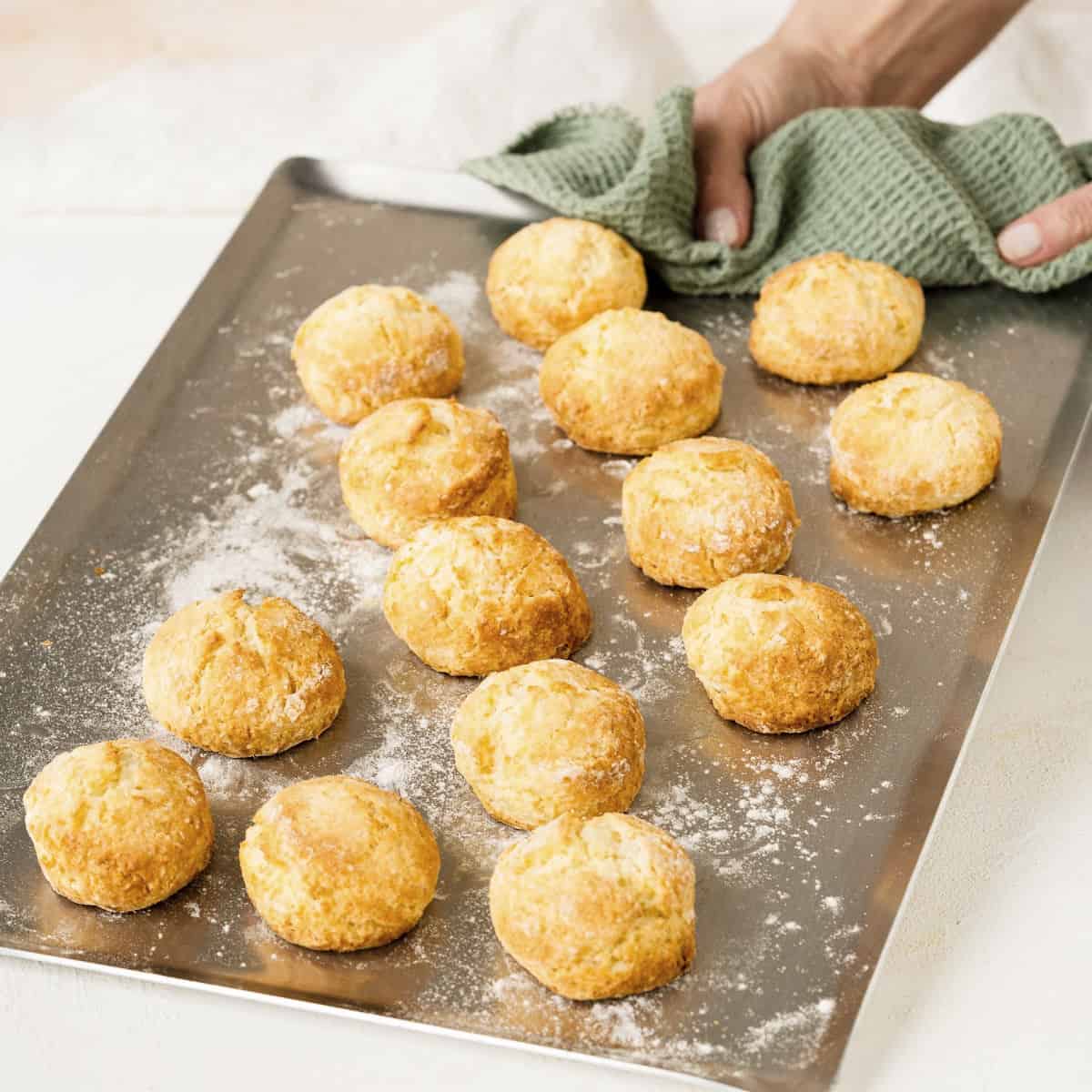
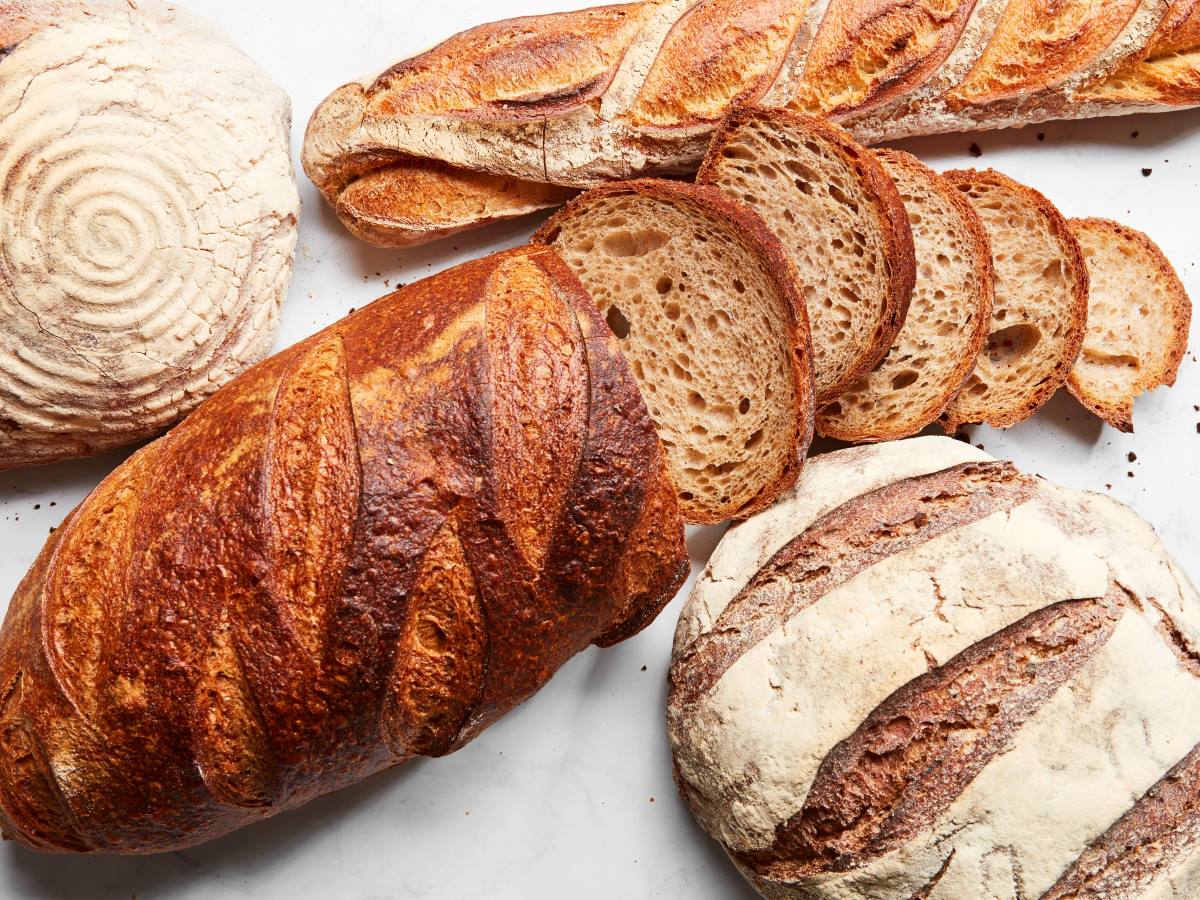
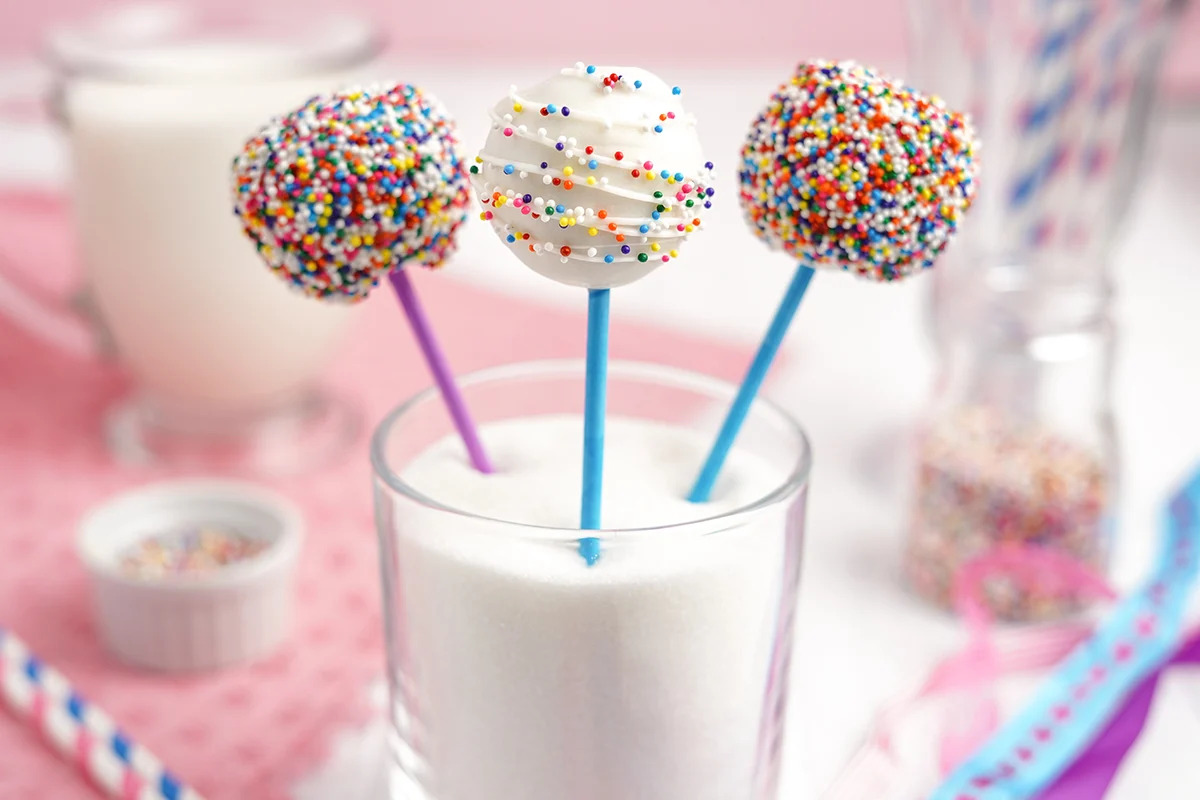
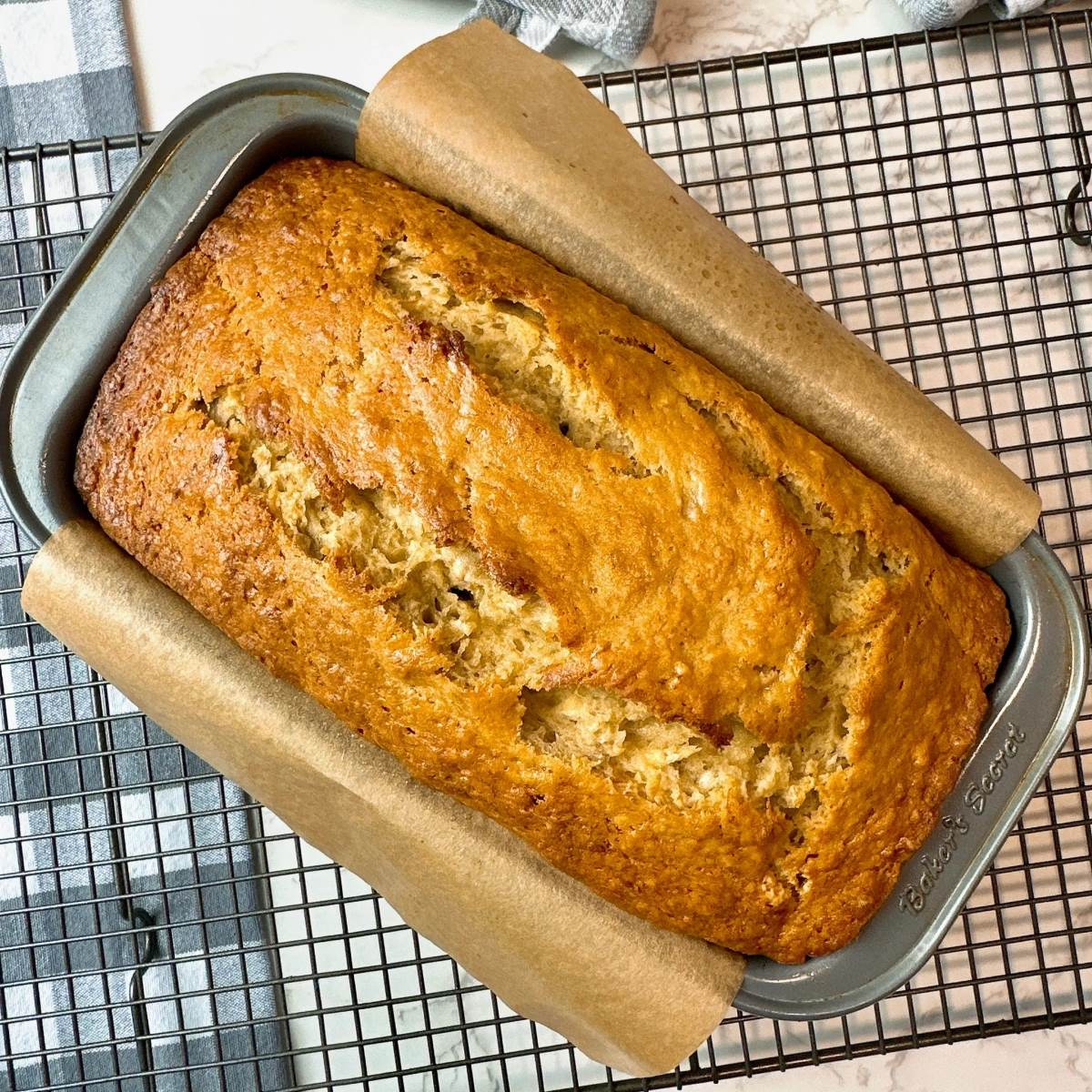
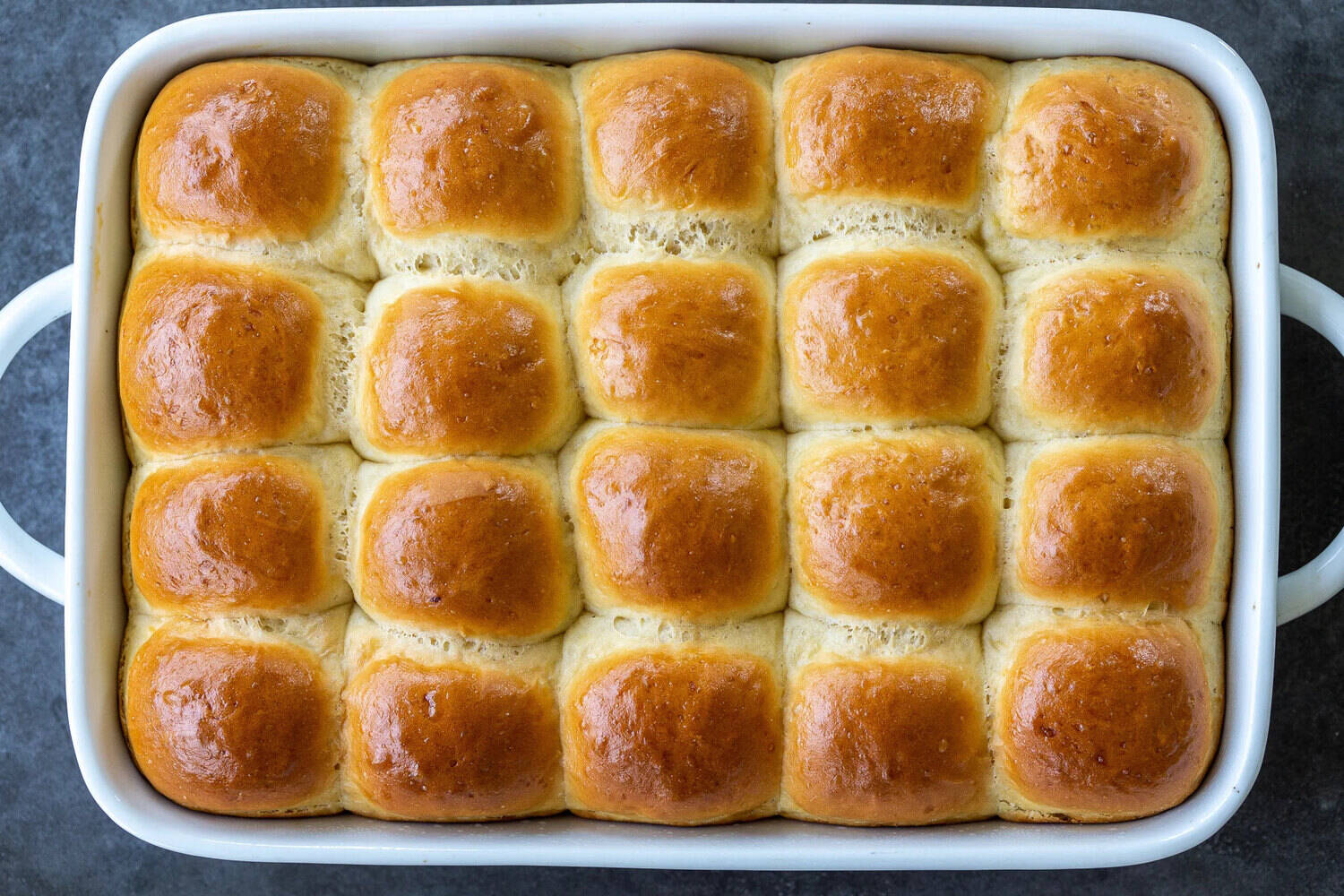
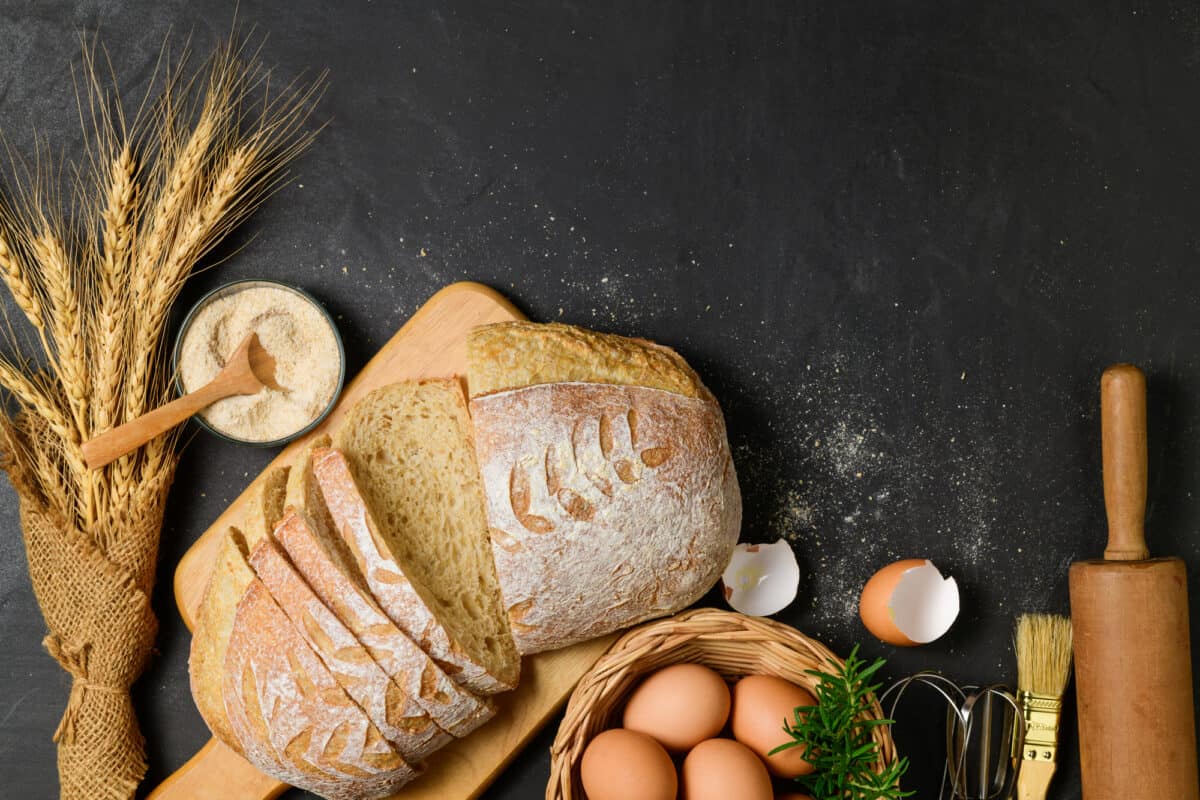
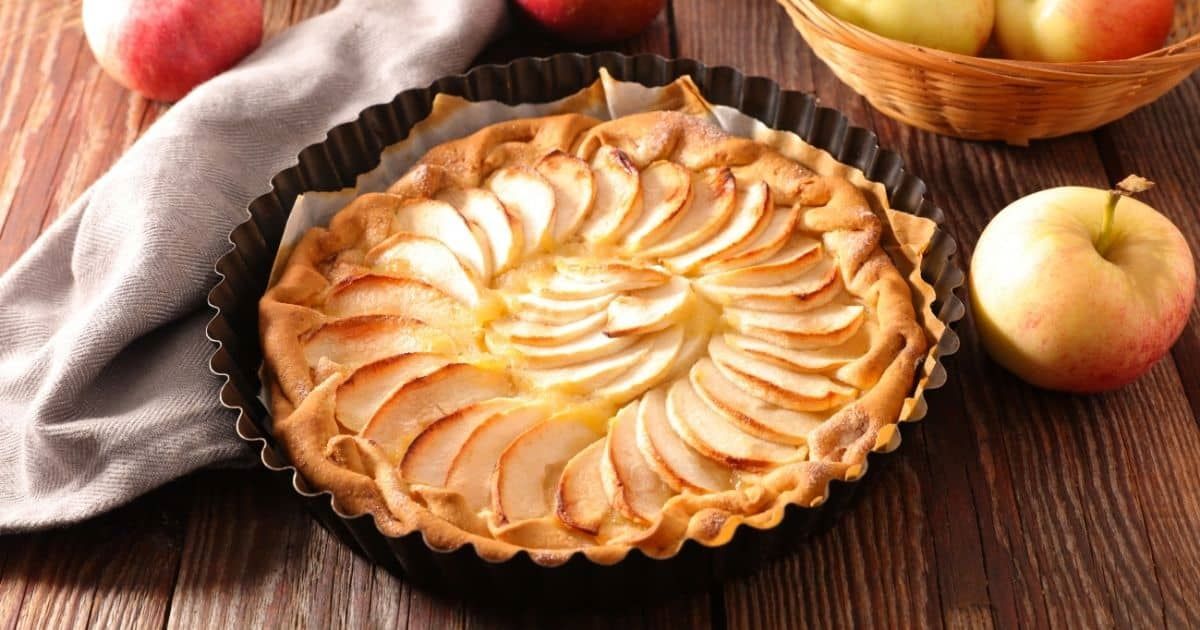
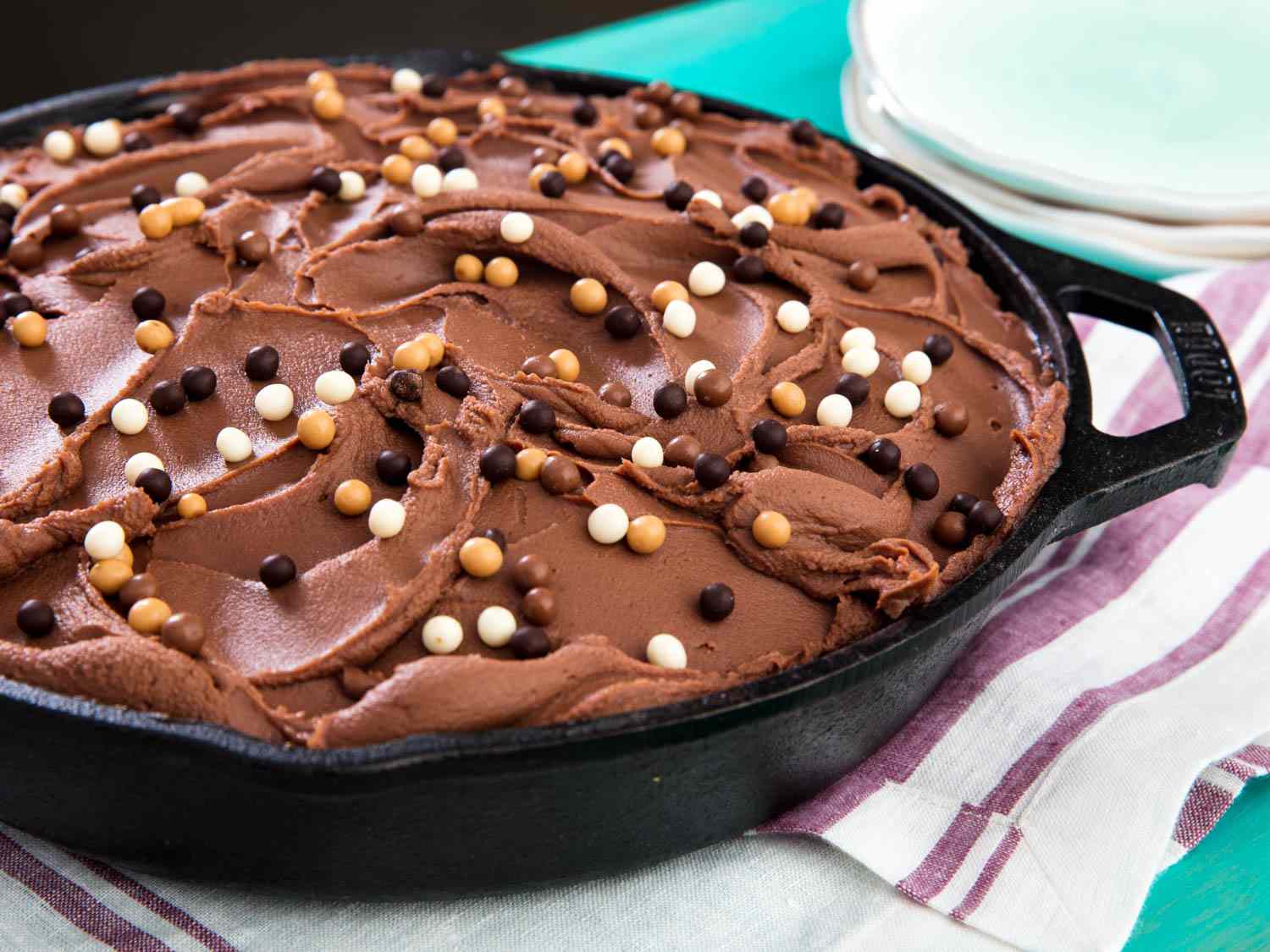
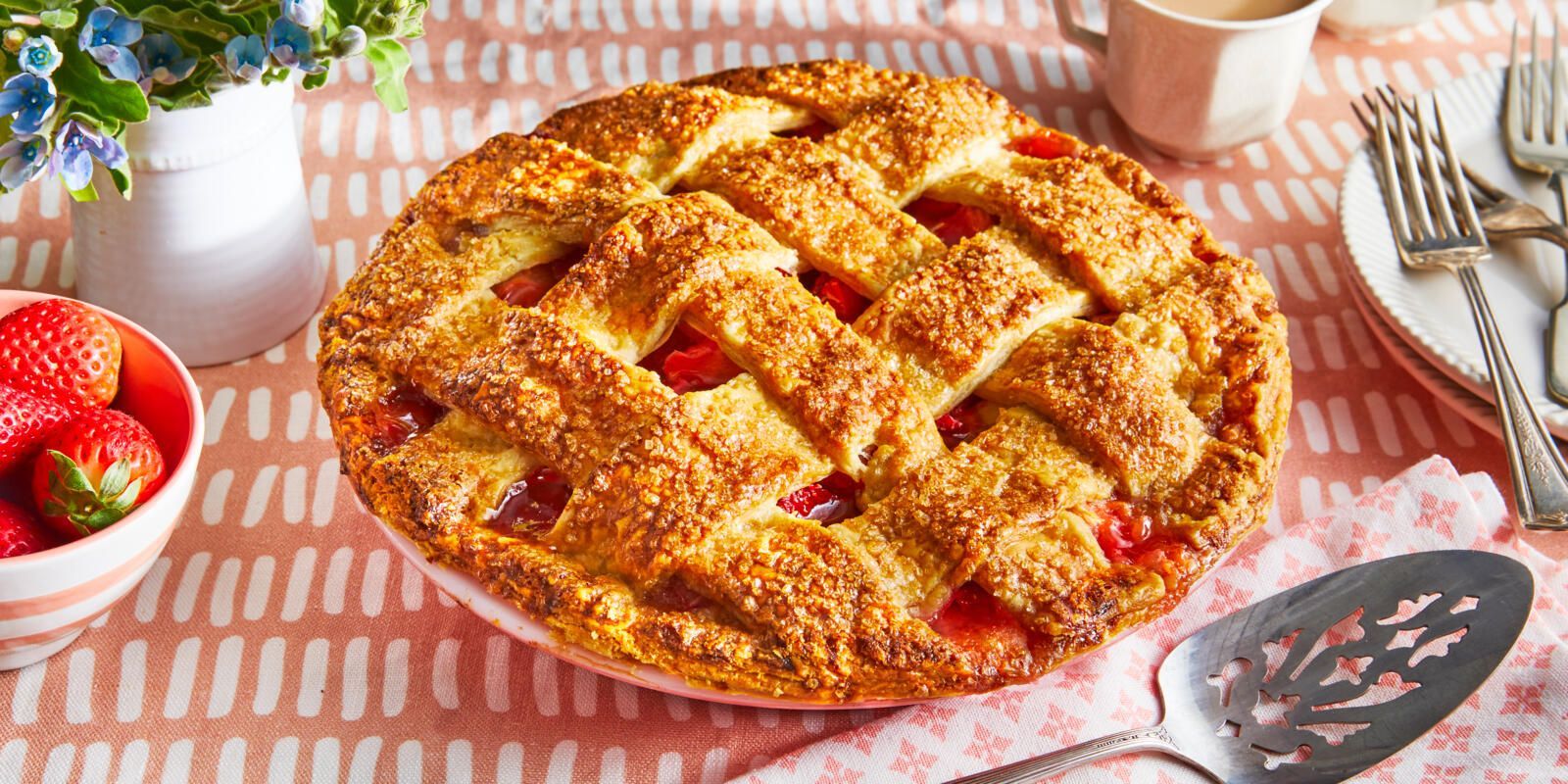

0 thoughts on “How To Store Cake After Baking”